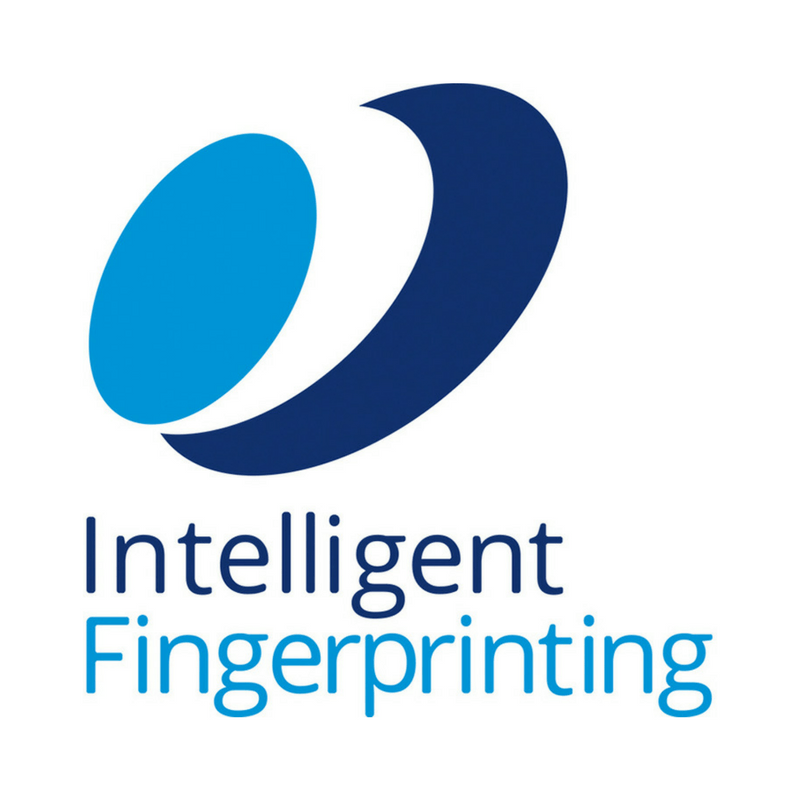Free Demo
Book A No-Obligation Demo
04.13.2012

Germany’s largest national newpaper, Suddeutsche Zeitung, reports on Intelligent Fingerprinting’s innovative, fingerprint-based drug screening technique.